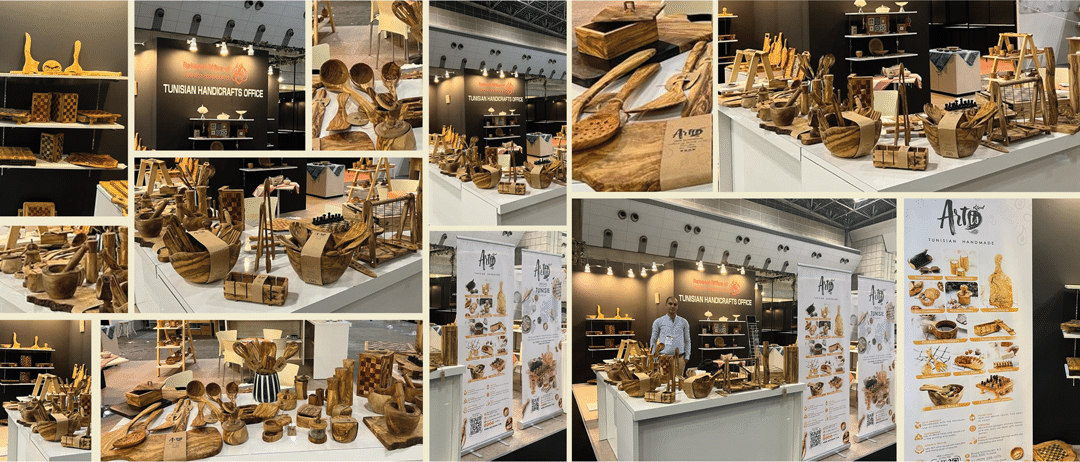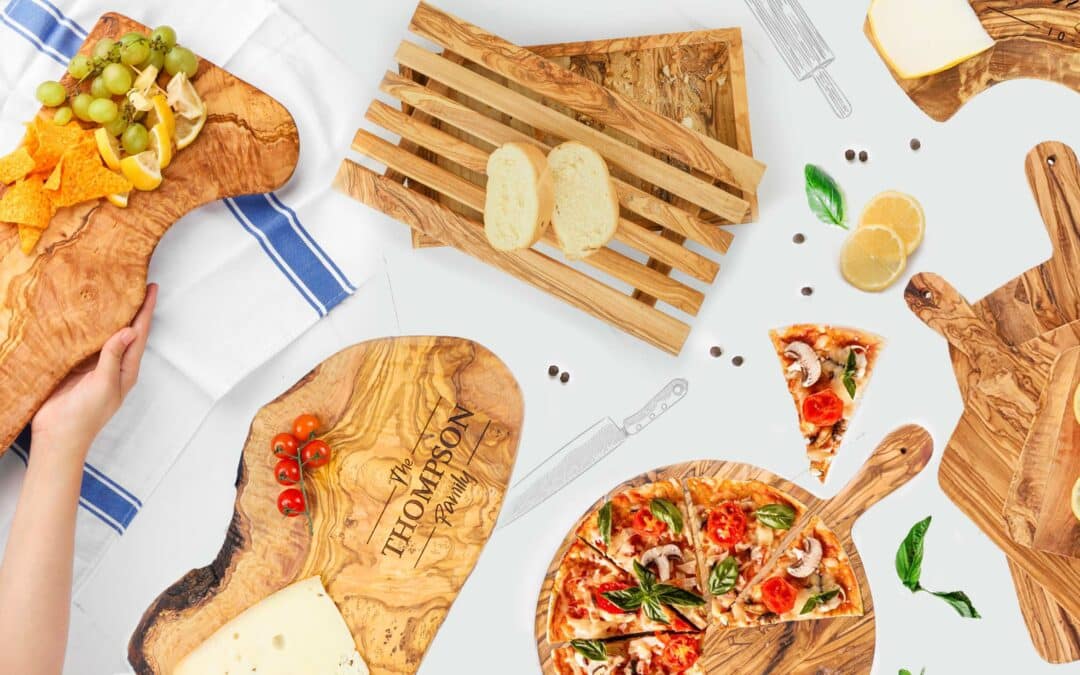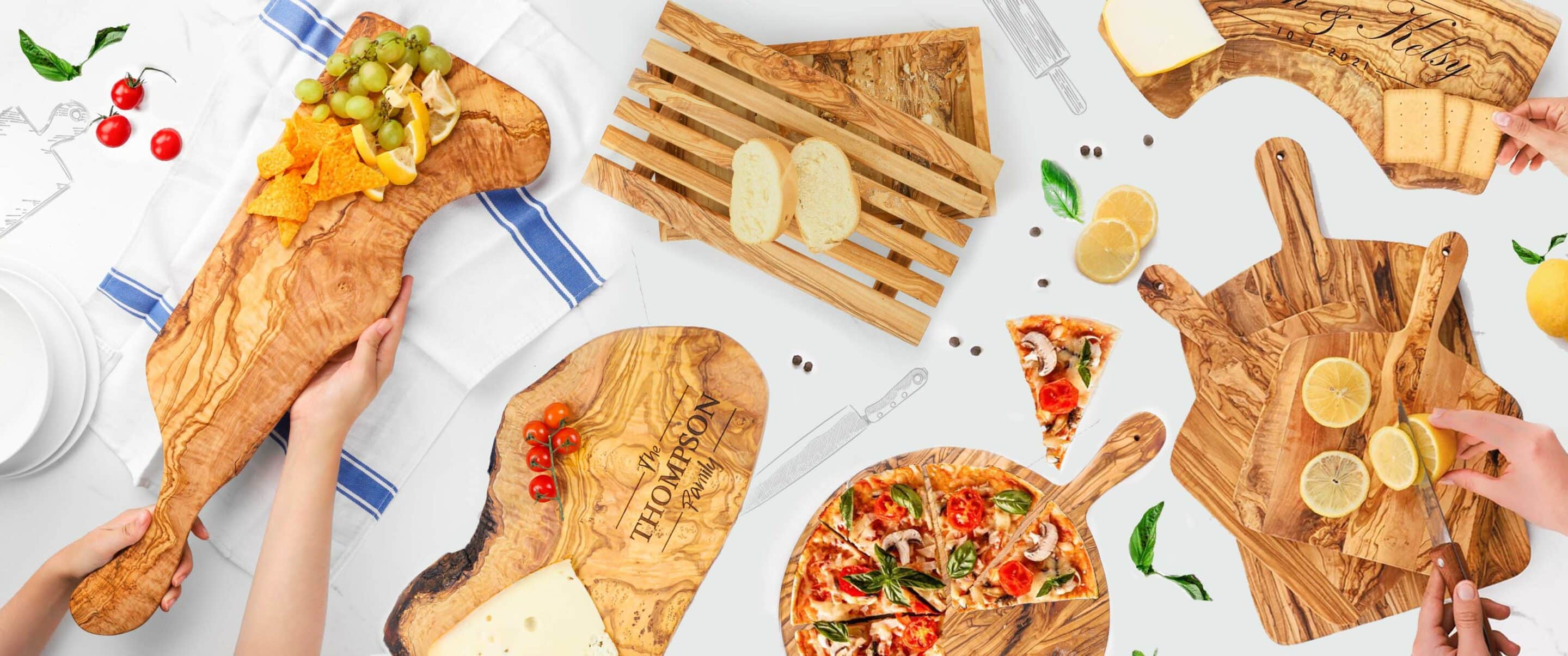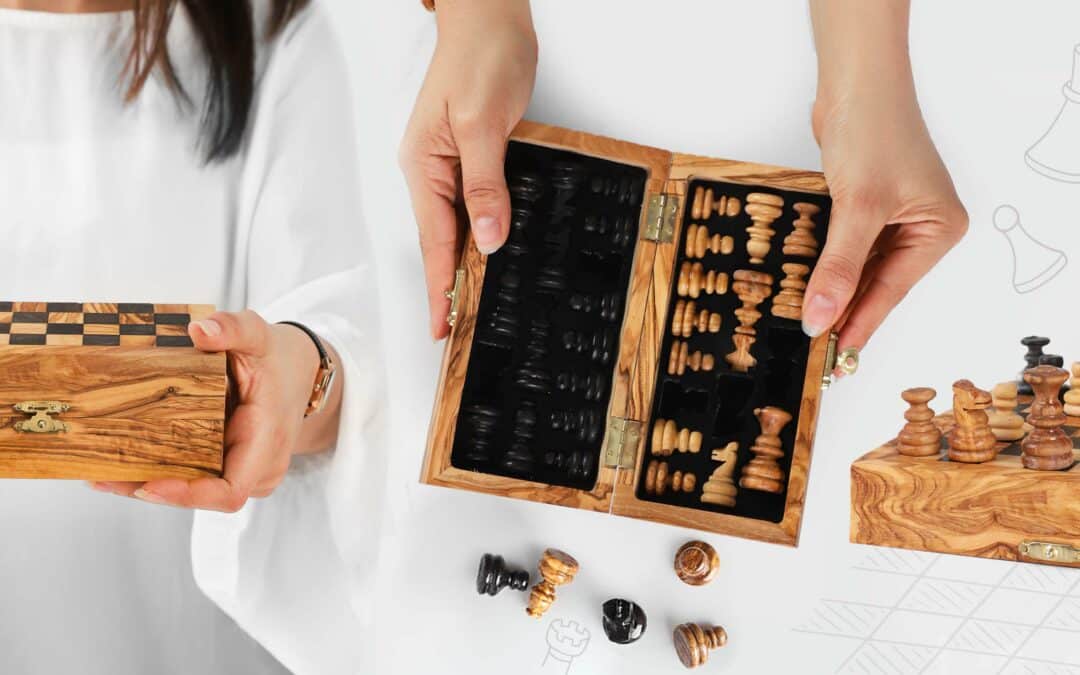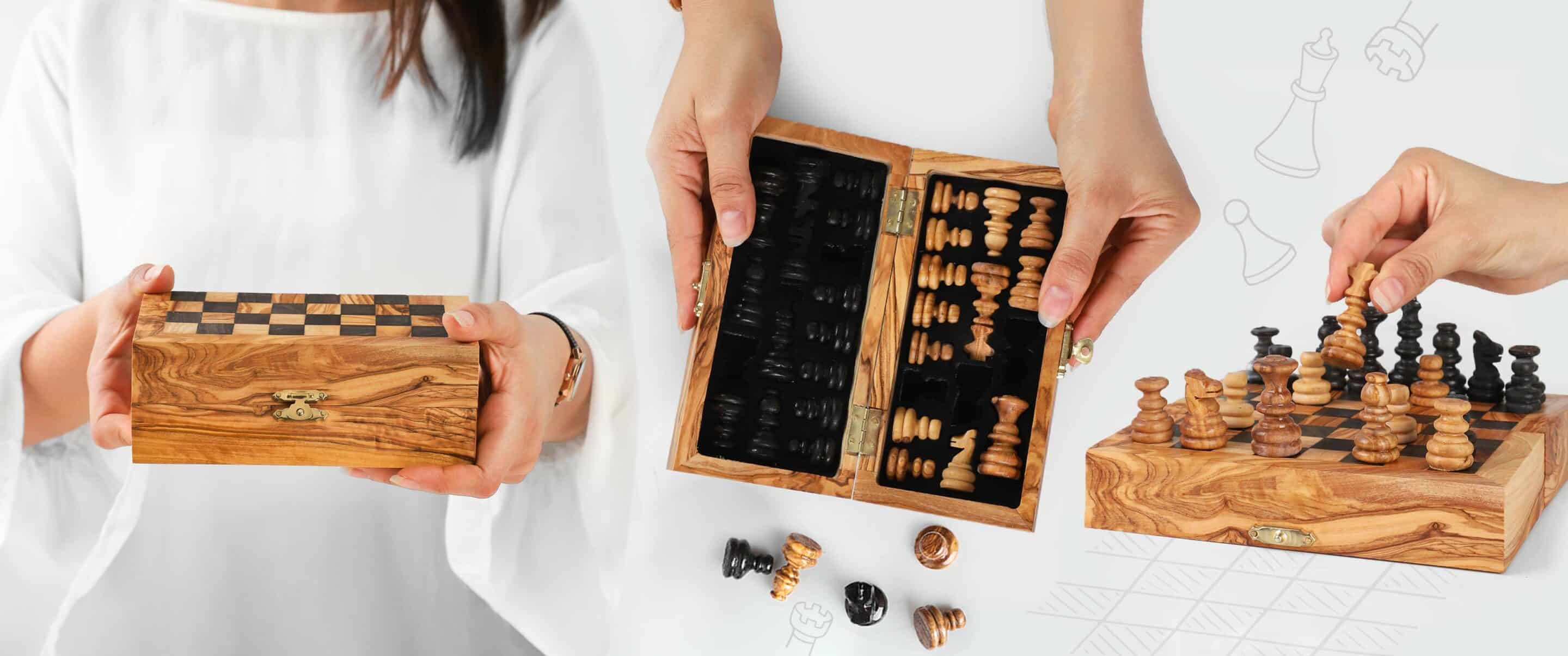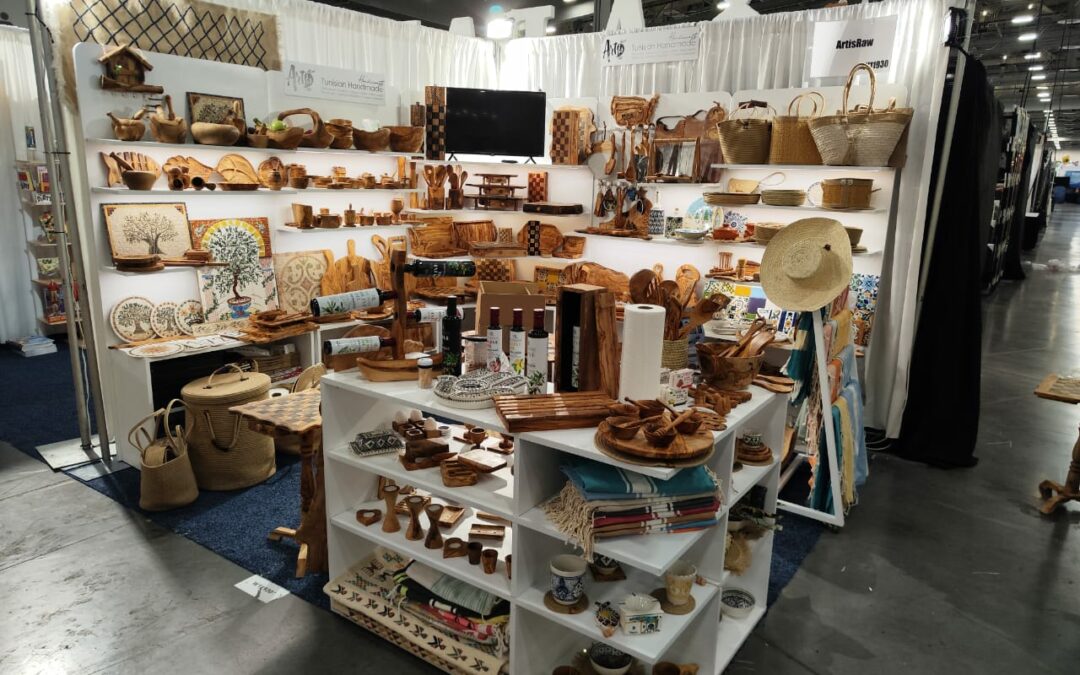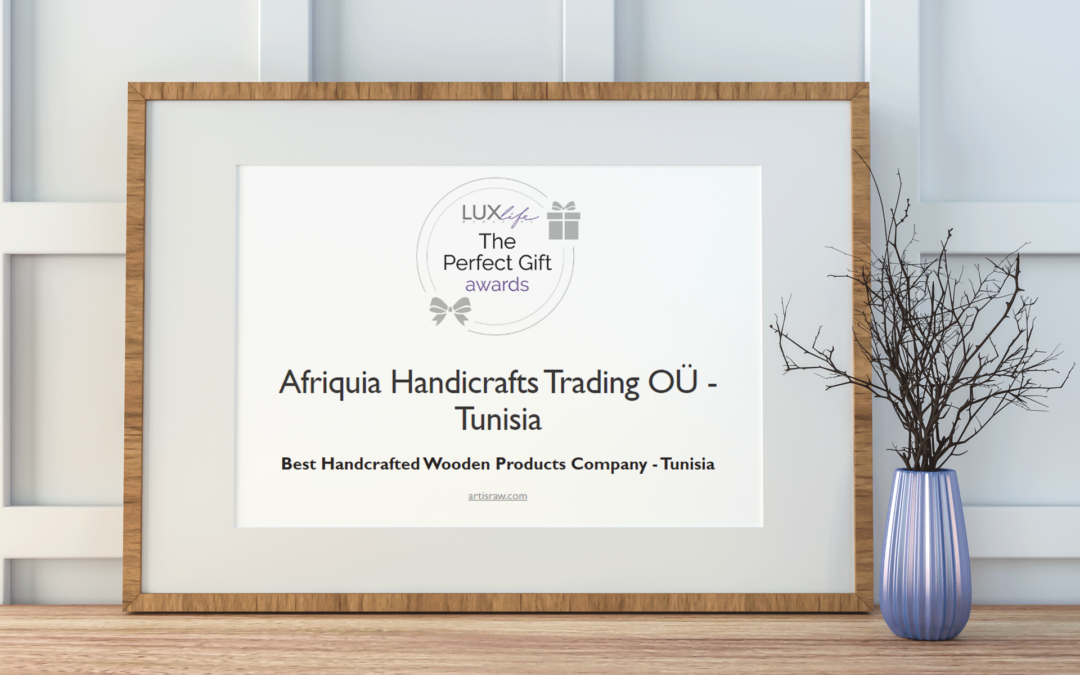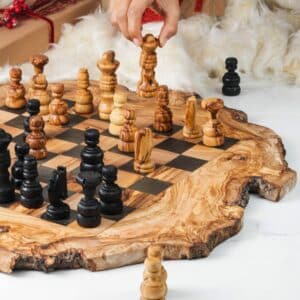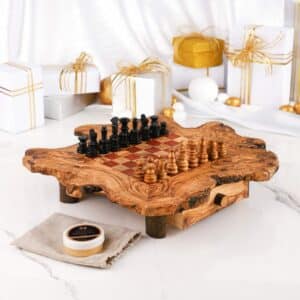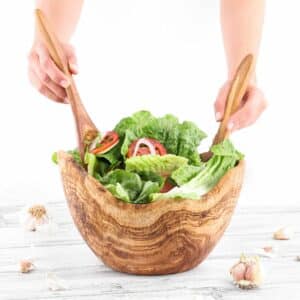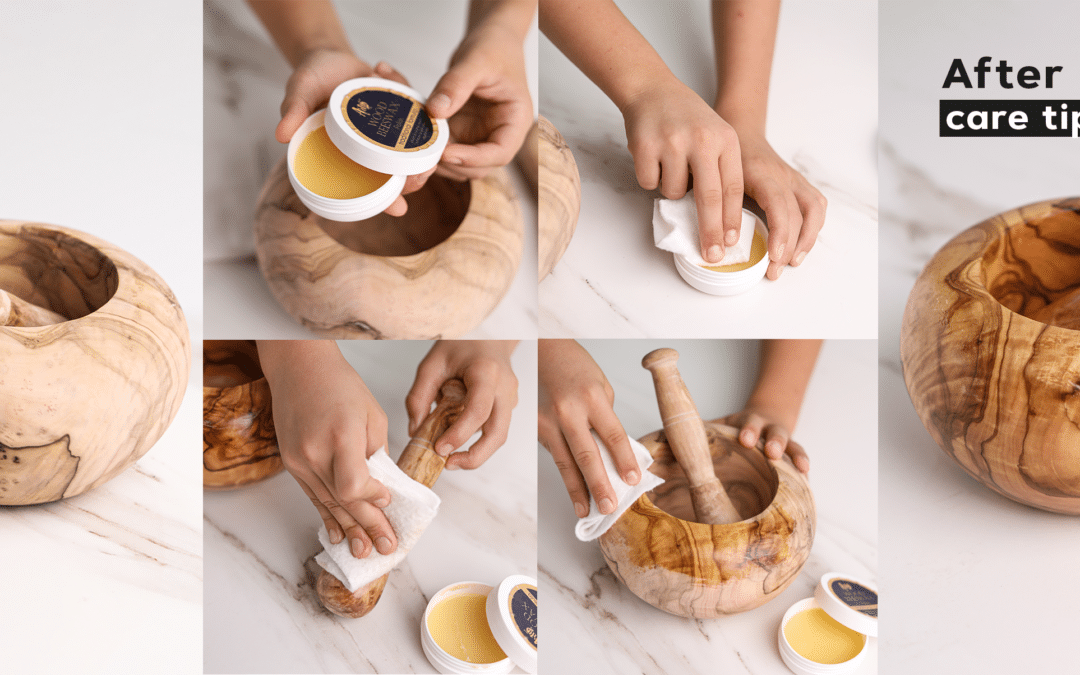
How to Care for Your Olive Wood Products: Quick and Easy Tips
Olive wood is special. Every piece is one-of-a-kind, and it can add a real touch of class to your kitchen or home decor. But, like anything nice, it needs a little love to keep looking its best. Don’t worry, though—it’s super easy! I’ll walk you through everything you need to know to keep your olive wood items looking great for years.
Why Olive Wood Needs a Bit of Extra Care
Olive wood isn’t like other woods. It’s natural, with no synthetic coatings, especially when it comes from brands like ArtisRaw. We just use beeswax and oil to keep the wood protected and beautiful. But because it’s so natural, it needs a little regular attention to stay that way. Trust me—it’s worth it!
Simple Tips to Keep Your Olive Wood in Great Shape
- Keep It Hydrated: Just like your skin, olive wood can dry out over time. Every once in a while, rub a little beeswax or oil into it. If you notice the wood looking a little dull or dry, that’s your signal. Don’t wait too long!
- Always Hand Wash: This is key—don’t even think about putting olive wood in the dishwasher. Stick to washing it by hand with warm, soapy water. Dishwashers and microwaves will ruin it!
- Dry It Right: After washing, give it a quick towel dry, then let it air dry completely. This will keep it from cracking or warping later on.
- Store it Wisely: Avoid keeping your olive wood in direct sunlight or near heat sources. A cool, dry spot is perfect. Too much heat or moisture, and the wood could start to warp or crack.
When It Needs a Deeper Clean
- Wipe it Down: After using it, make sure to wipe away any leftover food with a soft cloth. It’s easy and helps keep things clean.
- Be Gentle: If there’s food stuck on, don’t scrape it with anything sharp! Use a soft scraper or your fingers to avoid scratching the wood.
- Use Mild Soap: A little soap and water is all you need. Rinse it well and dry it right after. No need to get fancy here.
- Disinfect the Natural Way: To give it a good clean, mix up some vinegar and water. Lightly spritz it on the wood, wipe it down, and you’re good to go.
- Stains? No Problem: If there are any stubborn stains, make a paste with some baking soda, salt, and water. Scrub gently, rinse, and dry thoroughly.
How to Keep the Finish Looking Beautiful
- Start Clean and Dry: Before applying anything, make sure your olive wood is clean and dry. Otherwise, you won’t get that nice finish you’re after.
- Rub It In: Use a soft cloth to rub in some beeswax or oil, moving in circles. Be sure to get it all over!
- Let It Absorb: Once the oil or wax is on, let the wood absorb it for a few hours, or even overnight if you can.
- Buff It to Shine: After it’s absorbed, grab a clean cloth and buff it out to reveal that beautiful, natural shine.
A Few Extra Tips
- Don’t Soak It: Too much water isn’t good for olive wood. Keep it dry when possible, and definitely avoid leaving it soaking in water.
- Stay Away from Heat: Extreme heat can cause cracks—so don’t leave it near the stove or heater.
- Go Easy on the Wax: A little bit of wax or oil goes a long way. You don’t need to overdo it.
- Watch Out for Acidic Foods: Foods like lemon or tomatoes can stain the wood if they sit on it for too long, so wipe them off quickly.
Taking care of olive wood is pretty simple, and it’ll keep your pieces looking amazing for years. With just a little attention every now and then, you’ll be able to enjoy the beauty of olive wood in your home for a long time. Happy caring!

